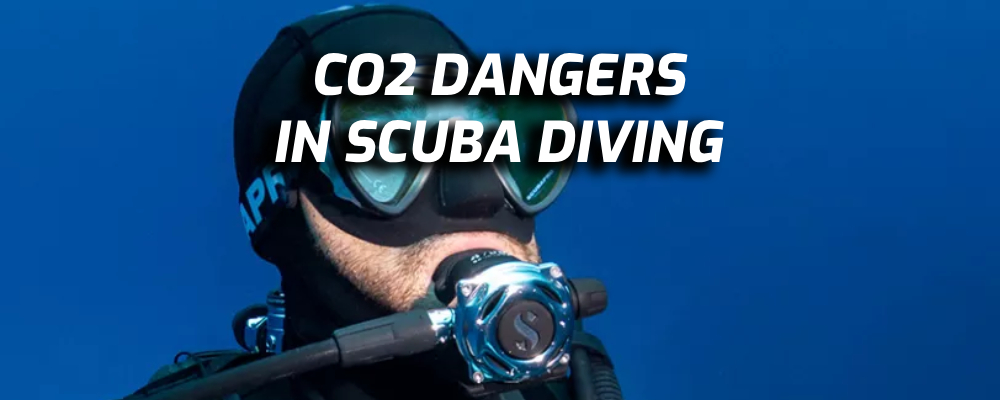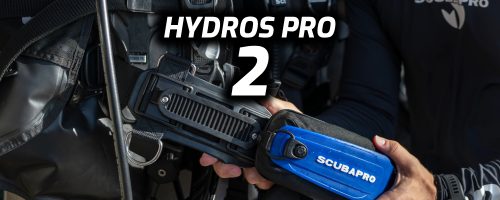A Diver’s Guide to Carbon Dioxide in SCUBA
When divers think about gas management, oxygen and nitrogen usually get all the attention. But there’s another gas that can quietly affect every dive you make: carbon dioxide (CO₂).
Excess CO₂ in the body — known as hypercapnia — is one of the most overlooked issues in diving. It can leave you feeling fatigued, dizzy, or anxious underwater, and it plays a major role in increasing the risks of narcosis, decompression illness, and oxygen toxicity. The good news? With the right skills and the right equipment, you can keep CO₂ in check.
Why CO₂ Is a Problem
When you don’t exhale completely, CO₂ builds up in your system. Underwater, this can happen more easily than on land due to breathing resistance, poor body position, or working too hard. Elevated CO₂ can:
Increase narcosis – CO₂ itself has a narcotic effect, and it magnifies nitrogen narcosis.
Raise the risk of decompression illness (DCI) – Higher CO₂ levels increase blood flow and tissue gas absorption.
Lower the threshold for oxygen toxicity – Extra CO₂ delivers more oxygen to the brain, making CNS oxygen toxicity more likely.
In other words: CO₂ multiplies the risks you’re already managing.
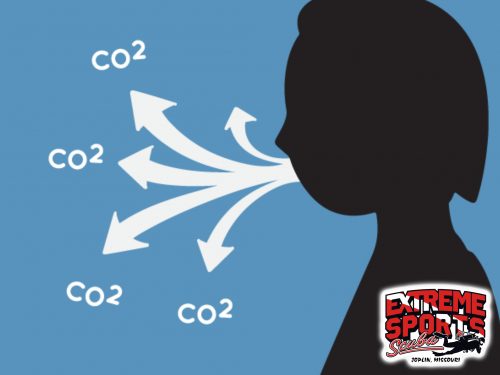
How to Reduce CO₂ Buildup
Perfect Your Trim and Buoyancy
The less effort you spend fighting your position in the water, the less CO₂ you produce. That’s where training like the SDI Advanced Buoyancy Course at Extreme Sports Scuba comes in. This course teaches you how to stay streamlined, reduce drag, and move efficiently through the water — making every dive safer, more relaxed, and more enjoyable.Move Smart, Not Hard
Diving isn’t a race. Streamlining your gear and slowing down your kick cycle saves energy and keeps breathing easy.
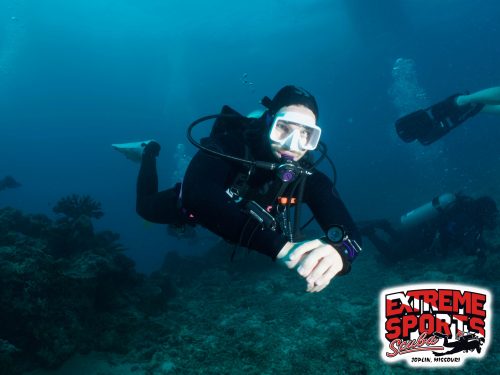
Invest in a High-Quality Regulator
Your regulator isn’t just a tool for getting air — it’s your lifeline. At Extreme Sports Scuba, we carry top-of-the-line regulators designed for both easy inhalation and easy exhalation.Easy Exhalation Matters: If your regulator’s exhaust system makes it hard to breathe out, CO₂ stays trapped in your lungs. Premium regulators are engineered with advanced exhaust valves and wider exhaust tees that let you clear CO₂ efficiently.
Consistent Performance at Depth: Lower-cost or poorly maintained regulators often perform well in shallow water, but struggle under higher pressure at depth. A quality regulator maintains smooth breathing whether you’re at 20 feet or 120 feet.
Reduced Fatigue: Less effort breathing means less energy spent and less CO₂ produced, which translates to longer, safer, and more comfortable dives.
Keep Your Regulator Maintained
Even the best regulator will lose performance if it’s not serviced on schedule. At Extreme Sports Scuba, our technicians ensure your gear is serviced to factory standards so it performs like new every dive.
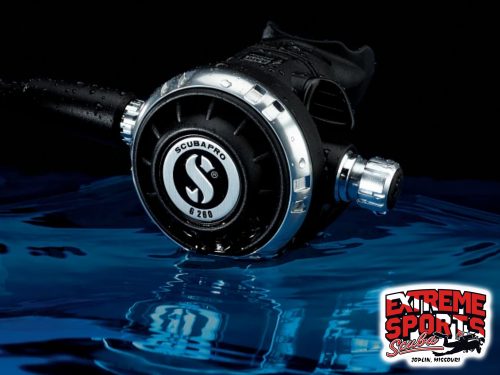
- Listen to Your Body
If you feel winded, anxious, or lightheaded underwater, slow down, focus on calm deep breathing, and let your CO₂ levels normalize.
The Bottom Line
CO₂ buildup is a hidden factor that can cut a dive short or increase your risk of narcosis, DCI, and oxygen toxicity. By combining strong buoyancy skills with a high-quality, properly maintained regulator, you’re stacking the odds in your favor for safe, comfortable dives.
At Extreme Sports Scuba, we offer both:
The SDI Advanced Buoyancy Course to help you master trim, control, and efficiency.
A full line of high-performance regulators that make breathing effortless and safe, no matter the conditions.
Diving should never feel like hard work. With the right training and equipment from Extreme Sports Scuba, you’ll breathe easier, dive longer, and enjoy every moment underwater.

The New Hydros Pro 2: A Revolutionary BCD Redefined
The Wait is Over! The original Scubapro Hydros Pro has...
Read MoreThe Hidden Dangers of CO2 In Diving: How to Prevent It
A Diver’s Guide to Carbon Dioxide in SCUBA When divers...
Read MoreExploring the Hidden Wildlife of Beaver Lake: A Divers Guide
A Diver’s Guide to Turtles, Jellyfish, Salamanders & More When...
Read MoreBeyond the Beach: Why Local Diving Makes you a better Diver
Why Local Scuba Diving Matters When you think of scuba...
Read More
